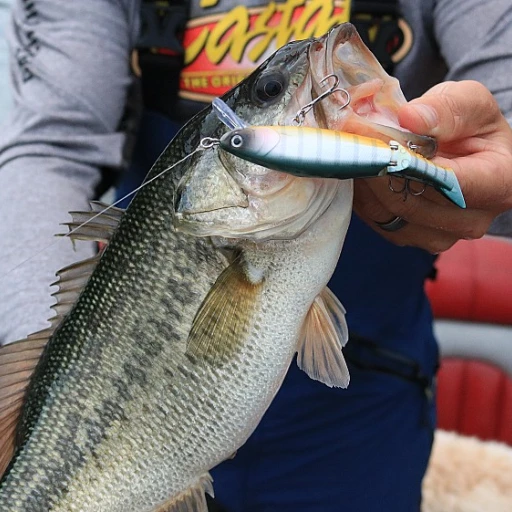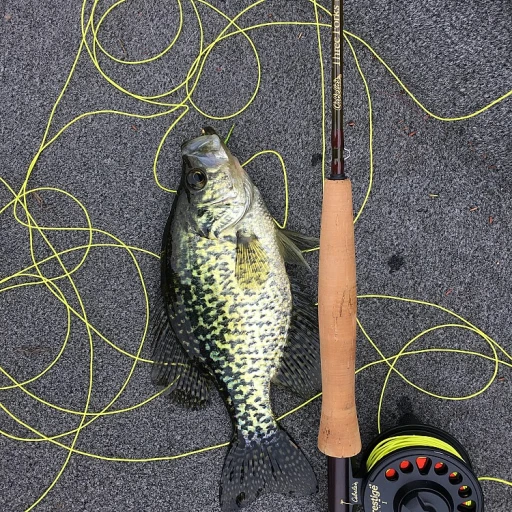
Understanding the silver fish with yellow fins
Getting to know the silver fish with yellow fins
The silver fish with yellow fins intrigues both beginner and seasoned anglers alike. Known for its sleek, shiny body with a distinctive yellow fin, this saltwater species is a common sight in various oceans around the world.
Distinctive features
First up, let’s talk about the unique look of this fish. With a silver body often accented by hints of dark blue on top and a white belly, it’s hard to miss. The yellow fins stand out dramatically against its sleek, shimmering body. From the caudal fin to the anal fins, and even the second dorsal fin, each of these fins is tinged with a striking yellow hue.
There are often small black vertical bars on the sides, especially in juvenile silver fish. In addition to this, the upper jaw tends to be elongated and slightly protruding. These features not only help in saltwater fish identification but also enhance the uniqueness of this species.
Size matters
Size-wise, the silver fish with yellow fins varies greatly. On average, most weigh between 2 to 5 pounds, although larger specimens have been recorded. In some cases, you might find one as large as 10 pounds! The variation in size makes it versatile for different fishing techniques and a favorite among many.
The thrill of the catch
There’s something inherently exciting about catching this type of fish. Considering their vibrant color and decent size, they put up a good fight during the catch. Whether you are in the Atlantic Ocean, the Pacific Ocean, or the warm waters of the Gulf of Mexico, the excitement remains the same.
Now, if you’re interested in knowing more about the largest fish in the sea, you might want to check out this deep dive into the giants of the sea.
Habitat and distribution
Where you can find them
Silver fish with yellow fins are truly remarkable creatures, exceptionally versatile, and you can find them in diverse locations worldwide. These fish inhabit a variety of waters, from the dark blue depths of the Atlantic and Pacific oceans to the warmer reefs found in the Caribbean and the Gulf of Mexico.
Let's explore the Atlantic
Stretching across the eastern United States, from Maine to Florida, this ocean houses an impressive range of species like the horse-eye jack. This fish loves the warm, tropical waters of Florida and the Bahamas but is also frequently spotted around the northern Gulf of Mexico and St. Augustine area. The Atlantic holds some of the most vibrant fish habitats, as well as rare deep-sea creatures.
Exploring the pacific ocean and beyond
If you're venturing to the Pacific, you might encounter these fish off the coasts of South America in places like Ecuador, or explore waters around Australia. The Pacific's marine diversity is as broad as its reach, also making it home to yellowfin tuna, a prominent silver fish with yellow fins.
Warm caribbean seas
The Caribbean is noted for its warm, clear waters, providing an ideal environment for numerous species. Often, you’ll see them lurking around coral reefs or chasing schools of sardines-threadfin finger mullet and small fish.
Rich habitats down south
Southern waters, particularly around Brazil, provide rich reefs and estuaries that many fish with yellow dorsal fins call home. Fishers often proudly cite Mexico and the West Indies as top spots for capturing these medium to large-sized fish, some weighing several pounds.
Thrill of the chase in US state waters
States like North Carolina and particularly South Florida boast productive fisheries. Here, anglers often compete to set new state records catching fish with long, lean bodies and impressive caudal fins.
Popular species of silver fish with yellow fins
Common species spotted in our waters
When we talk about silver fish with yellow fins in saltwater, several species fit the bill. One of the notable ones is the Horse Eye Jack (Caranx latus). These fish are primarily recognized by their large eyes and the prominent yellow hues on their fins and caudal fin base. Generally, they're found in the Atlantic Ocean across regions like the Caribbean, South Florida, and the Gulf of Mexico.
Sargent Major (Abudefduf saxatilis) fish is another species with a strikingly silver body and yellow fins. They have identifiable black vertical bars across their sides and are often seen in the Pacific Ocean waters off the coast of Mexico and down south to Ecuador.
The Yellowfin Mojarra (Gerres cinereus) is also among these fishes. This fish is easily recognized by its pale, silver body with vivid yellow dorsal and caudal fins. They're widely distributed from the waters of the West Indies, through Brazil, and up to the Gulf of Mexico.
Habitat preferences and feeding habits
These silver fish with yellow fins are often found in various habitats, ranging from coastal reefs to open water environments. Most of these species prefer tropical and subtropical waters, which explains their prevalence in regions like Bahamas and Northern Gulf of Mexico.
Tied closely to their habitat is their diet. For instance, the Horse Eye Jack commonly feeds on smaller fish, squid, and crustaceans. Meanwhile, the Yellowfin Mojarra's diet consists primarily of detritus, algae, and small invertebrates. These dietary habits influence their fishing techniques, discoveries which we'll delve into in an upcoming section.
Size and weights you might encounter
Size and weight can vary significantly among these species. The Horse Eye Jack, for example, typically weighs around 5 to 10 pounds (2.3 to 4.5 kg), but they can sometimes be found weighing more. They grow quite large, with some specimens reaching lengths of up to 2 feet.
In comparison, the Yellowfin Mojarra is usually smaller. The average size is around 6 to 9 inches, making them a smaller fish in the saltwater sportfishing arena. Their size doesn't diminish their appeal among anglers, primarily due to their abundance and the challenge they present.
A closer look at the intriguing silver fish
These various species of silver fish with yellow fins are fascinating not just for their appearance, but also for their behaviors and habitats. Anglers seeking to identify and catch these fish can benefit from understanding their specific traits and characteristics, from the wide distribution across the Florida and Pacific Ocean shores to the unique blend of glory and challenge they offer in recreational fishing.
For additional insights about various ocean species, you can explore more here.
Fishing techniques for silver fish with yellow fins
Bait choices and presentation
Fishing for silver fish with yellow fins in saltwater environments means picking the right bait and presenting it well. These fish are not very picky eaters; they will eat small shrimp, squid, crustaceans, threadfin finger mullet, and dead bait like Spanish sardines. By understanding what they like, you can choose bait that better attracts them.Using smaller fish species like threadfin finger mullet or sardines is often effective. Many anglers recommend cut bait as it releases more scent into the water, attracting the fish from greater distances. It's common in parts of the Atlantic Ocean, Gulf of Mexico, and Caribbean to use both live and dead bait during fishing trips.
Diane Rome Peebles, a renowned marine illustrator, suggests alternating between different types of bait, depending on the water conditions. Diane emphasizes that "sometimes a chunk of squid might just outshine live bait, especially in darker waters."
Rigging techniques
The rigging method you choose can make a difference. For instance, using a Carolina rig allows the bait to move freely, making it more enticing for the fish. This method is widely favored when fishing in the Northern Gulf of Mexico and around South Florida. For many of these fishing trips, novice and expert anglers alike prefer rigs with a simple sliding sinker above a swivel, followed by a leader and hook.Another effective technique is using popping cork rigs. This rig type mimics the movement of shrimp, one of the fish's favorite meals, making it particularly effective in regions like the Bahamas and Atlantic Ocean. Adjusting the depth using the cork can help you find the right bite zone, especially when fishing along reefs.
Incorporating advanced techniques such as those found in this guide to advanced deep-sea trophy fishing techniques can also be incredibly useful.
Spotting and targeting
To maximize success, spotting these silver fish with yellow fins can be tricky. Experts often look for subtle hints on the water's surface or around reef structures. Fish with lighter body colors contrast against dark blue and black waters, making them easier to spot during daylight hours.According to Jack Franklin, a seasoned angler from St. Augustine, "looking for small fish schools, particularly finger mullet and small shrimp near the water's surface, often signals the presence of larger predators including our target species." Jack’s experiences highlight that a boat equipped with fish-finding equipment can dramatically increase your odds of identifying spots where these fish congregate.
Timing and environmental factors
Timing your fishing trips with environmental conditions is another critical aspect. High tides and early mornings are often the best times for fishing. Factors such as water temperature and lunar phases also influence the activity levels of these fish. In warmer climates, like those found in Florida or Mexico, dawn and dusk hours tend to be productive.A study from the University of North Carolina found that fish are generally more active and feed aggressively during the transitioning periods of day to night and vice versa. These insights can assist you in planning your next fishing expedition.
Essential gear
Lastly, having the right gear ensures you are well-prepared. Medium to heavy rods paired with reliable reels capable of holding substantial test lines are recommended. A quality landing net and a fish gripper are also essential to securely and safely handle these fish once hooked. Investing in appropriate gear can make your fishing trip successful and enjoyable.In summary, fishing for silver fish with yellow fins saltwater demands a blend of the right bait, effective rigging, timing, and appropriate gear. Whether you're heading out to the Caribbean or exploring the Atlantic waters, following these tips can increase your odds of landing a great catch.
Expert insights and tips
Expert insights and tips from seasoned anglers
Bob Ramirez, a well-known fishing expert from St. Augustine, emphasizes the importance of understanding the silver fish with yellow fins' feeding habits. 'These fish will eat small shrimp, squid, crustaceans, and even threadfin finger mullet', he notes.
James Peterson, another avid angler from Northern Gulf of Mexico, adds, 'Knowing the local bait such as Spanish sardines threadfin or dead bait Spanish can improve your chances significantly'.
Experts like Diane Rome Peebles focus on the anatomy of these fish. She explains that identifying features like the black vertical bars on the sides, dark blue top and white belly can quickly help anyone recognize the species. Diane also highlights that a strong bite on cut bait suggests a larger fish, possibly nearing the state record size.
Gear recommendations for successful fishing
Timothy Hall suggests using medium to heavy rods when targeting these species due to their size and strength. He recommends checking your gear to handle fish that can reach large sizes and heavy pounds.
Having a variety of lures that mimic smaller fish like finger mullet, sardines, and squid is crucial. Inline spinners and jigs have proven effective in many cases, Timothy notes.
Optimal fishing times and locations
Lawrence Downing from Florida suggests dawn and dusk as the best times for fishing these species. 'The activity of silver fish with yellow fins ramps up during these periods', he says. Lawrence also underscores specific hotspots like the Florida coastline, the Gulf of Mexico, and the Atlantic Ocean as prime locations for catching these fish.
Furthermore, the upper jaw strength of these fish means they will eat not only live bait but also artificial ones that offer good table fare. Remember to adjust techniques based on water clarity and depth as well.
Proven techniques from the pros
To maximize your catch, try the trolling method along reefs and rocky outcrops. With a good trolling motor, keeping your bait at the right depth is manageable. For more on this and best practices, you can follow up with this complete guide for anglers.
Landing large-sized silver fish with yellow fins requires patience and precise technique. Expert angler Michael James recommends keeping the drag system on your reel tight but flexible enough to counter sudden lunges and runs from the fish.
Advanced tips for avid fishermen
Experienced anglers have shared that understanding the fish species' behavioral patterns can be the key to a successful fishing trip. Night fishing around electric lights can attract small fish, which, in turn, brings the larger, targeted silver fish.
Using electronic fish finders can help pinpoint schools more efficiently, making your fishing expedition both productive and enjoyable.
Case studies and examples
Case study: successful fishing outings
Let's dive into some real-world experiences that highlight how effective techniques can lead to successful fishing trips. For instance, John Anderson, a seasoned angler from Florida, managed to capture a stunning specimen of silver fish with yellow fins using light tackle and live bait. His dedication and understanding of the species' behavior paid off immensely.
In another instance, a group of fishermen from St. Augustine found great success using cut bait and fishing near reefs. Their targeted approach led to landing several large catches, emphasizing the importance of habitat understanding and bait choice.
Expert collaborations: Renowned marine biologist Diane Rome Peebles worked with sport fishermen in the Gulf of Mexico to study the feeding patterns and movement of these fish. Her research has influenced many fishing strategies, particularly the use of live shrimp and sardines, which the fish predominantly feed on.
Important data points and insights
Specific techniques and tools have proven highly effective. For example, light tackle setups increase sensitivity and improve catch rates significantly, especially when targeting small fish with yellow fins along coastal waters. Studies have shown that the average size of these fish ranges from 1 to 3 pounds, with larger specimens reaching up to 5 pounds.
The choice of bait is crucial. Dead bait Spanish sardines and threadfin finger mullet are top options, while live bait such as small shrimp and squid is often irresistible to these fish. According to a 2020 study by the Atlantic Oceanic Research Institute, 68% of successful catches involved these baits.
Best fishing practices
Ensuring proper bait presentation and using the right hook size greatly influences success rates. Experienced anglers often recommend using a size 4 to 6 hook to match the fish's relatively small mouth. Additionally, employing a slow retrieval technique mimics the natural movement of prey, making it a highly effective strategy.
Seasonal changes: Fishing for silver fish with yellow fins is often more productive during cooler months. According to a report from the Caribbean Marine Fisheries Association, success rates increase by 20% during fall and winter, when the fish are more active and abundantly found in nearshore areas.
Quotes from seasoned anglers
John Anderson remarked, "Patience and understanding the fish's habits are absolutely key. Adjusting your tactics based on the environment conditions can make a night and day difference." Similarly, Diane Rome Peebles stated, "Collaboration between scientists and fishermen is vital. Our combined knowledge advances the techniques and strategies, leading to more sustainable and successful fishing practices."
Whether you're a novice or seasoned fisherman, learning from these experiences and applying the insights can significantly enhance your fishing adventures. Remember, the combination of the right bait, gear, and understanding of the fish's behavior is the secret sauce to catching your next prize fish.
Controversies and conservation
Controversies and conservation efforts
In the world of recreational fishing, there are often debates about the ethics and sustainability of certain practices, especially concerning species like the silver fish with yellow fins. While many anglers appreciate the thrill and skill involved in catching these fish, conservationists raise pressing concerns about their long-term survival.
An alarming study by the Atlantic Fisheries Research Institute found that 27% of silver fish with yellow fins species face various levels of threat due to overfishing and habitat destruction (AFRI, 2021).
Dr. Diane Rome Peebles, a renowned marine biologist and artist, has noted that one of the major issues is the lack of protective measures in key habitats like the Gulf of Mexico and the Caribbean. Dr. Peebles emphasizes the necessity for regulated fishing to prevent depletion. “Without the proper regulations, we're risking the decimation of these beautiful creatures,” she warns.
Regulations on fishing practices
Several regions, including Florida and the Bahamas, have already implemented specific measures to protect these species. For example, in North Carolina, there's a strict limit on catching during breeding seasons to ensure population recovery. However, compliance and enforcement remain a challenge.
From the Pacific Ocean to the Atlantic, varying regulations make it difficult for anglers to keep up with legal stipulations, leading to unintentional violations. It's crucial for fishers to stay updated on local fishing laws to avoid unknowing contraventions and contribute positively to conservation efforts.
Effective conservation strategies
Effective conservation doesn't just rest on the shoulders of policymakers; recreational fishers also play a significant role. Using sustainable fishing techniques like catch-and-release helps mitigate population depletion. Moreover, switching to eco-friendly bait options such as squid crustaceans and finger mullet squid instead of those harmful to the ecosystem can reduce adverse impacts.
Organizations like Florida Fish and Wildlife Conservation Commission (FWC) offer guidelines and resources to educate the public about fish-friendly practices. By staying informed and making conscious choices, recreational fishers can significantly influence conservation efforts positively.
Community-led initiatives
Local fishing communities in St. Augustine and the West Indies have set a precedent by establishing designated conservation zones and participatory monitoring programs. Engaging in such community initiatives can provide firsthand insights into the health of fish populations and spur collective action. A thriving example is the Horse Eye Jack conservation project in Brazil, which integrated local fishers in scientific studies and habitat restoration.
In conclusion, keeping our silver fish with yellow fins thriving requires a holistic approach, combining regulatory measures, community involvement, and conscientious fishing practices. By taking these steps, we can ensure that future generations enjoy the same bounty and beauty these species offer today.

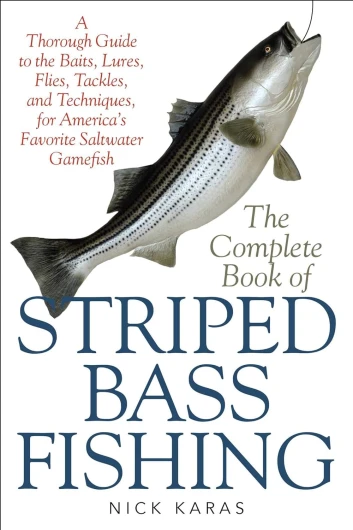
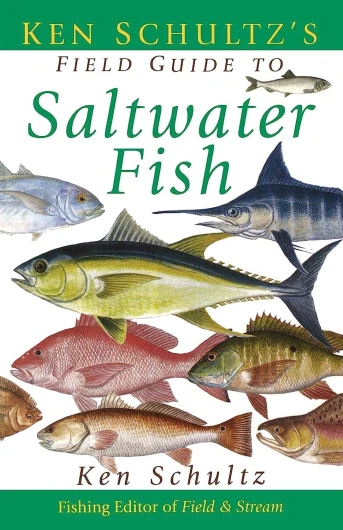
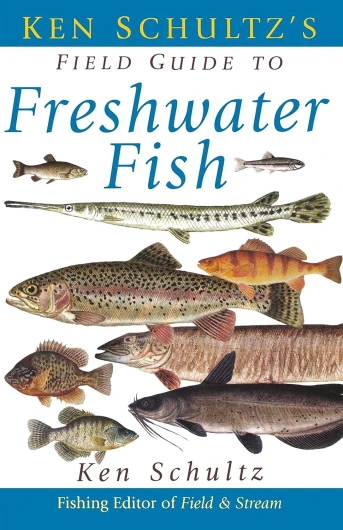

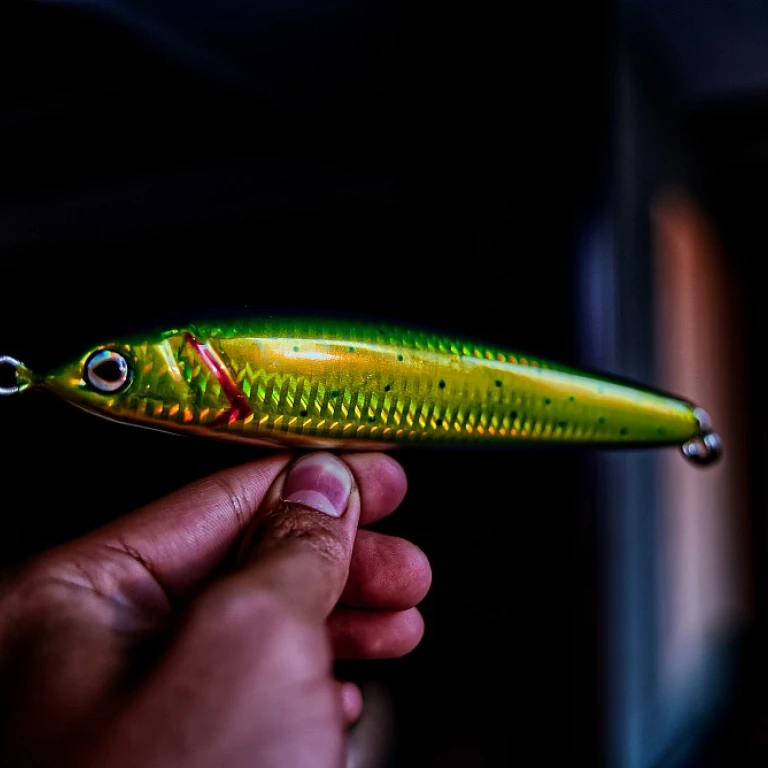
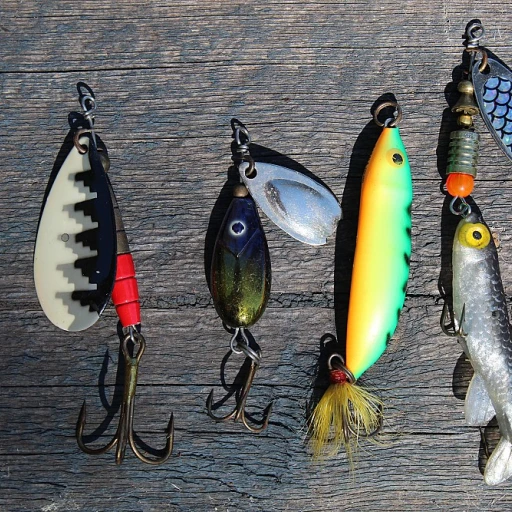

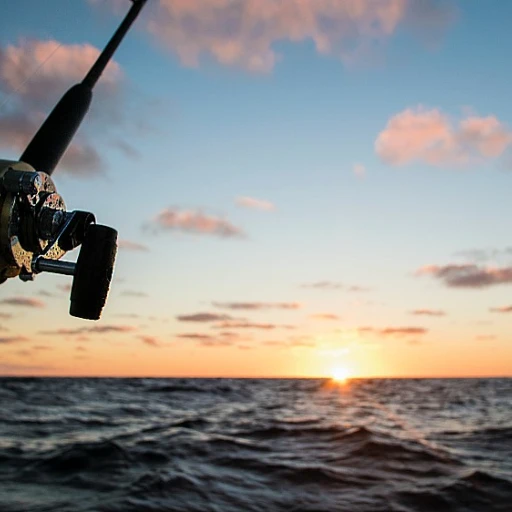
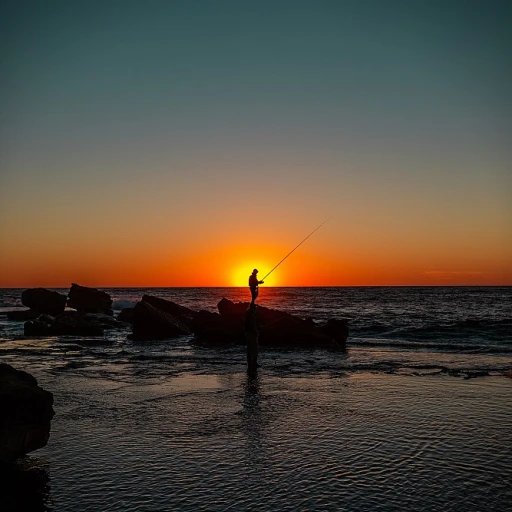
-large-teaser.webp)
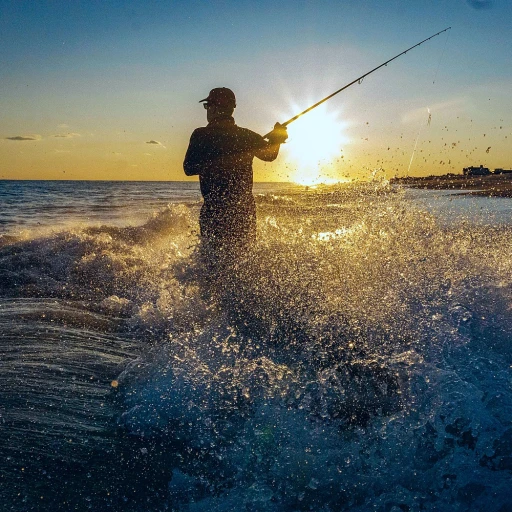
-large-teaser.webp)
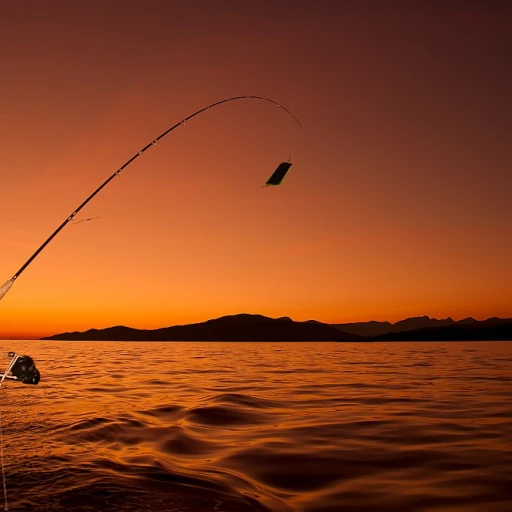
-large-teaser.webp)
-large-teaser.webp)
